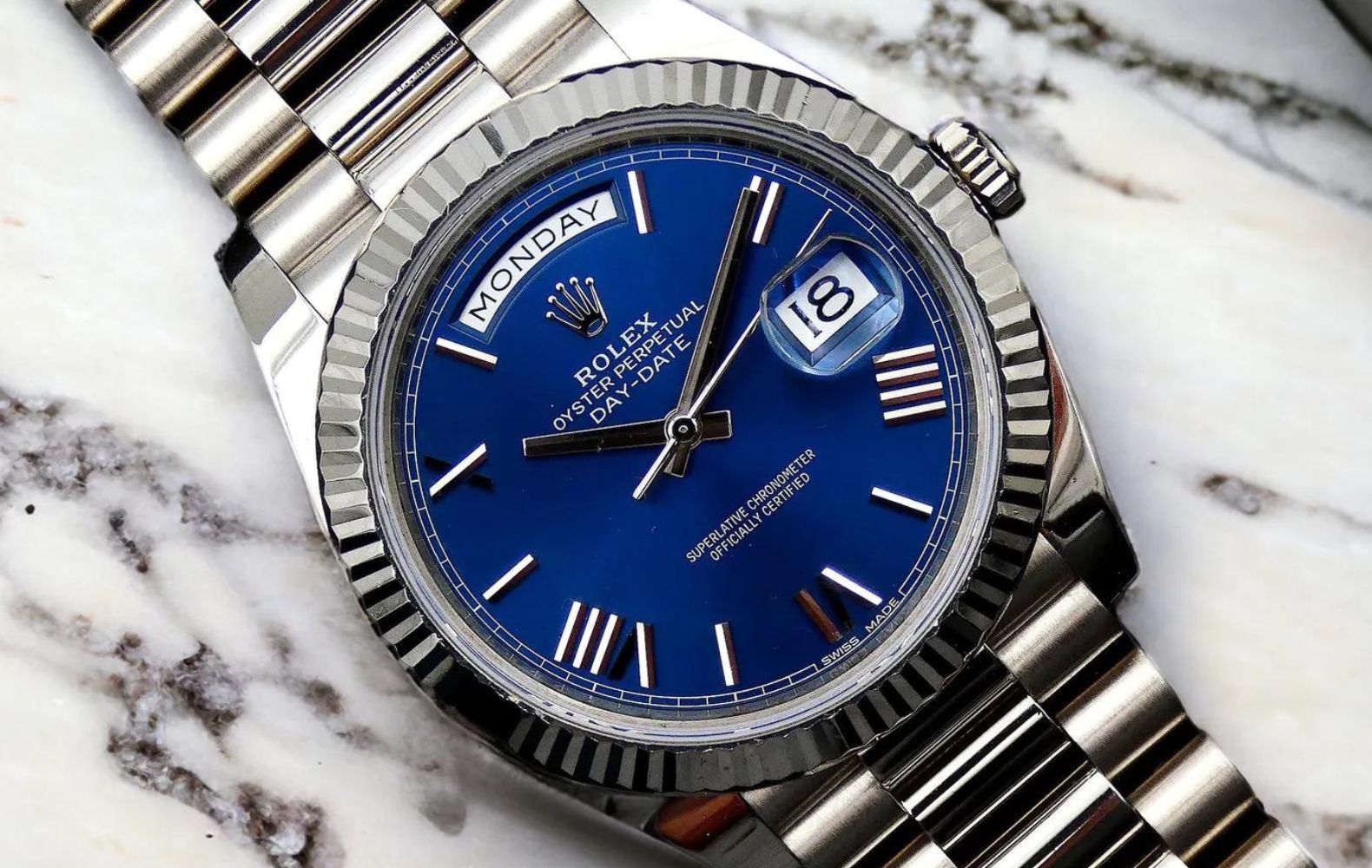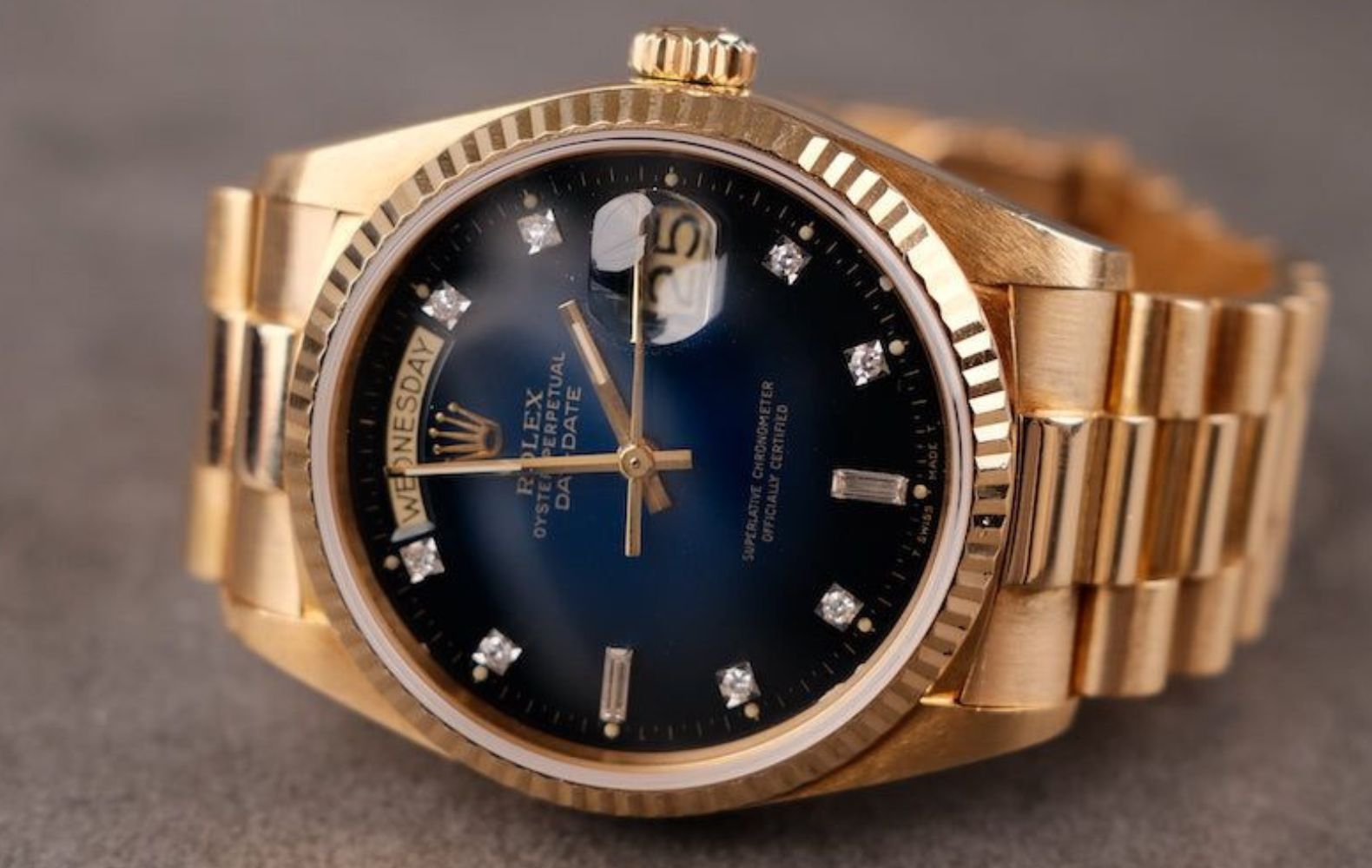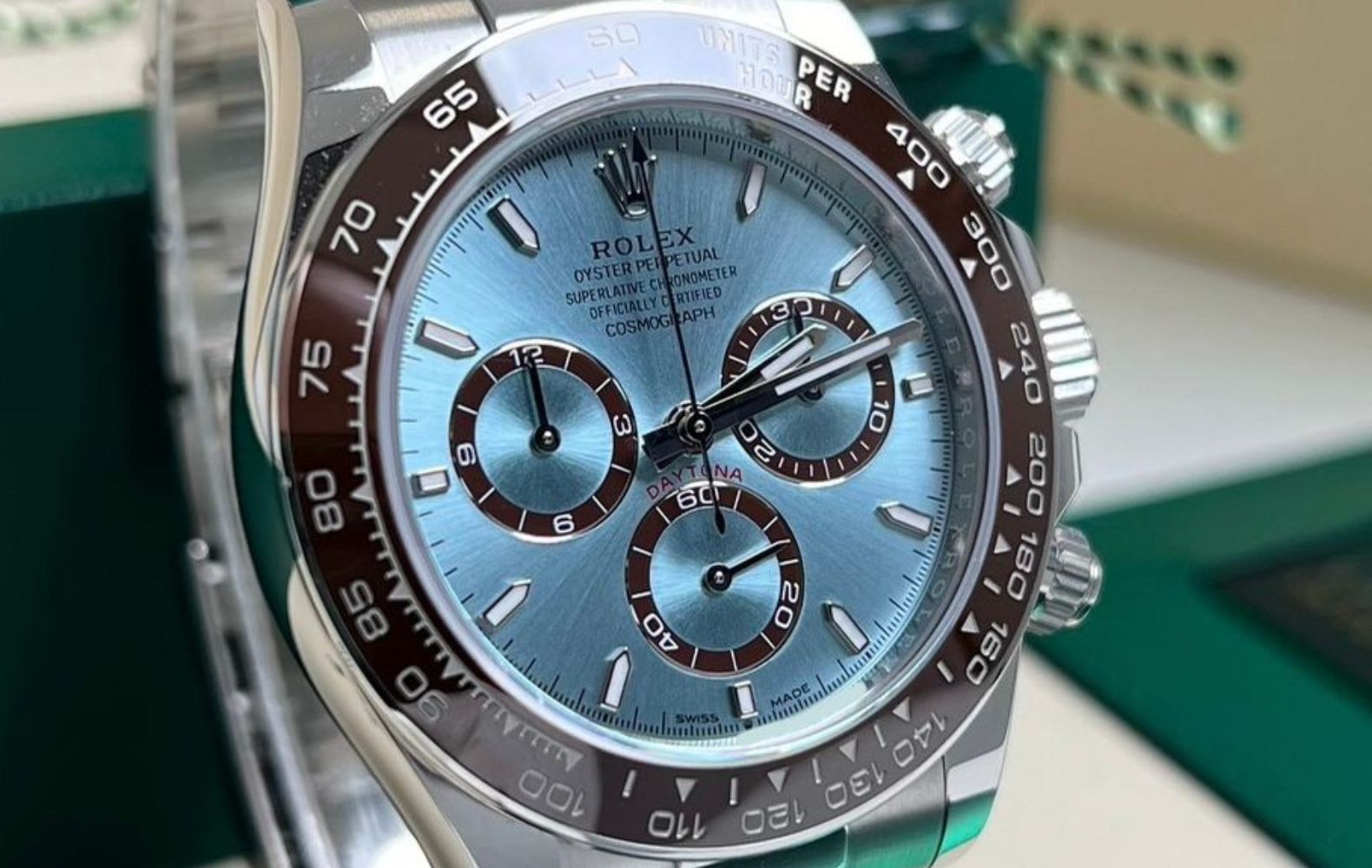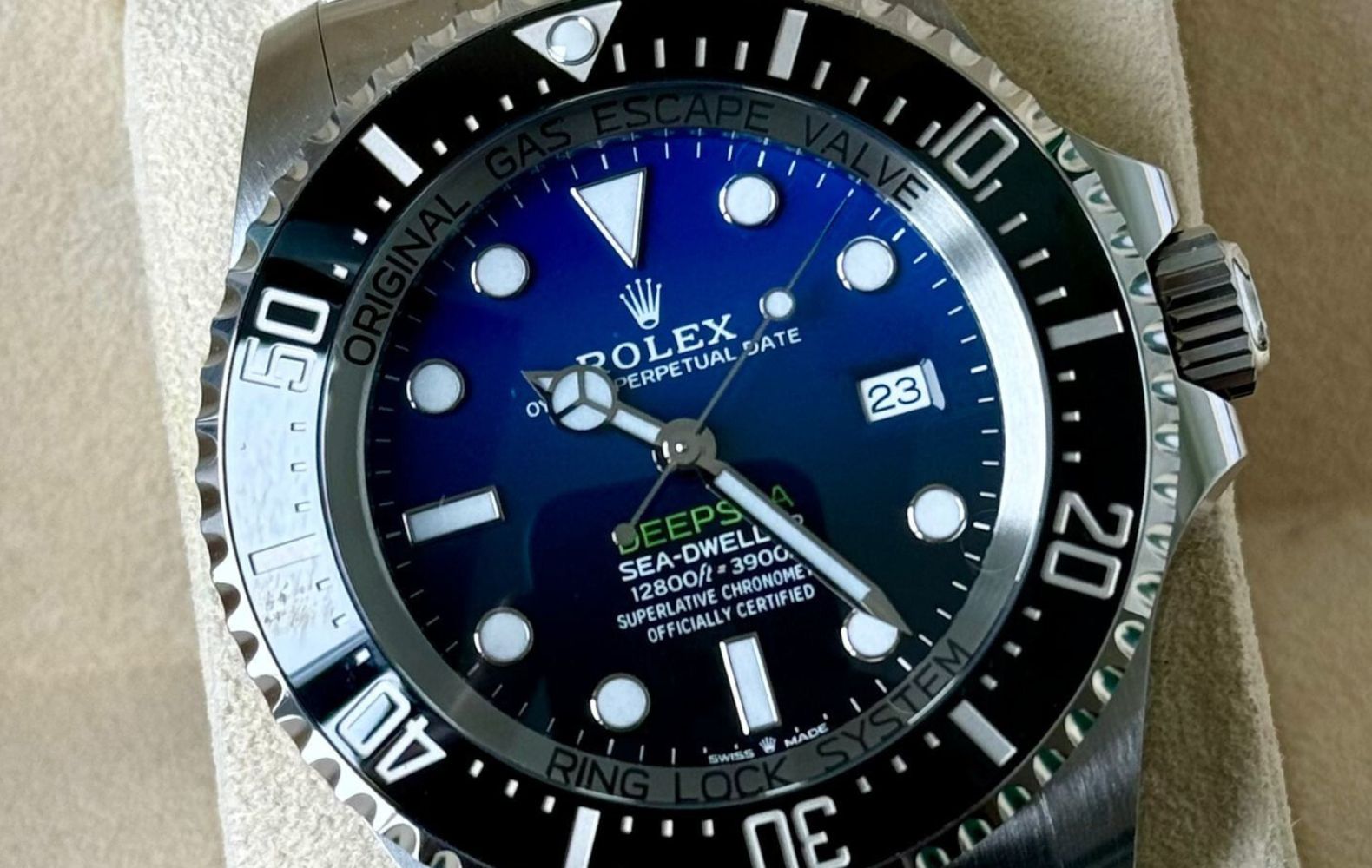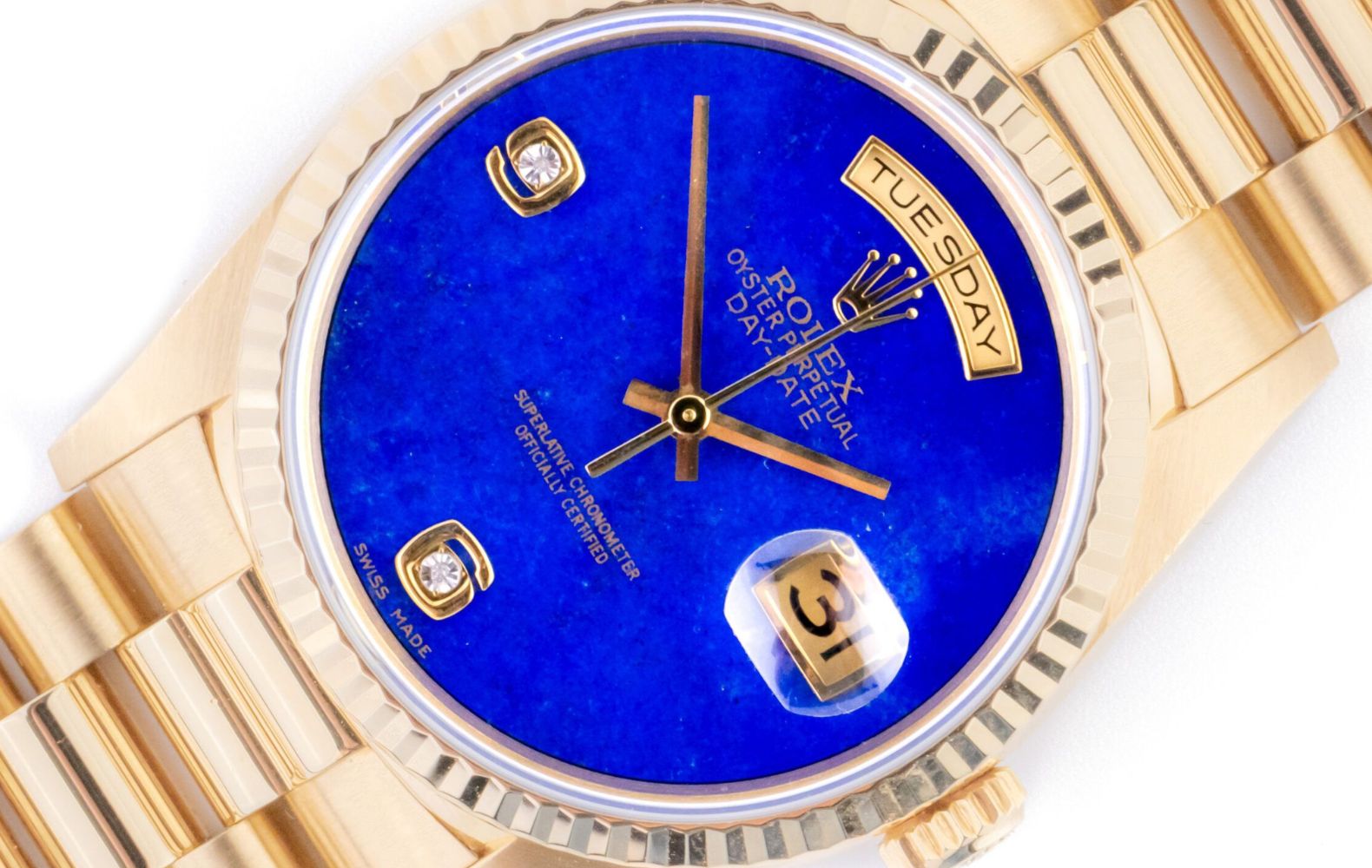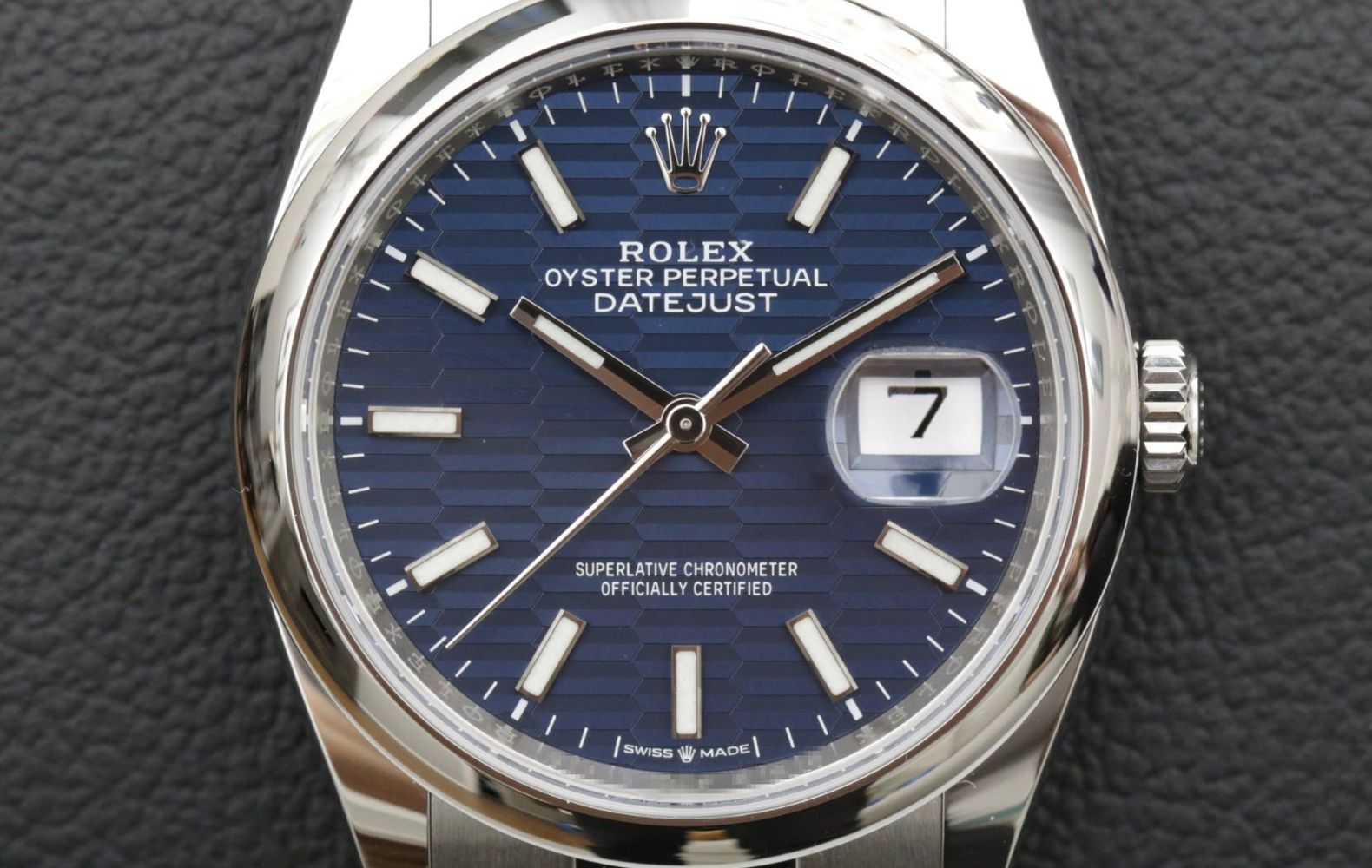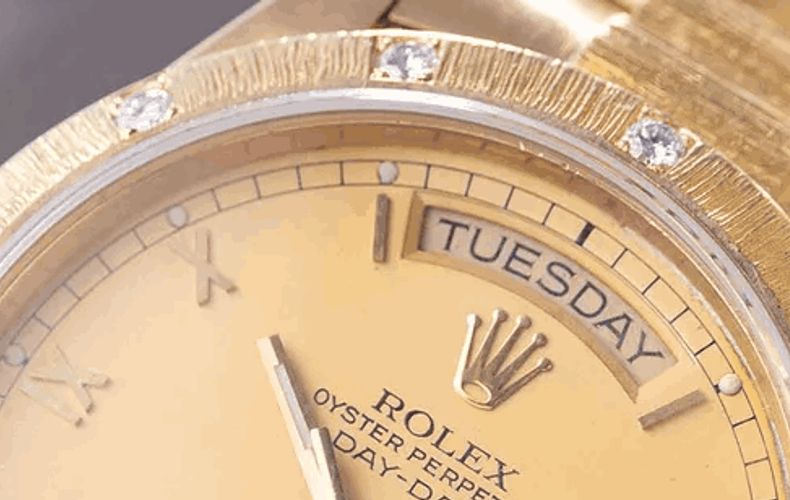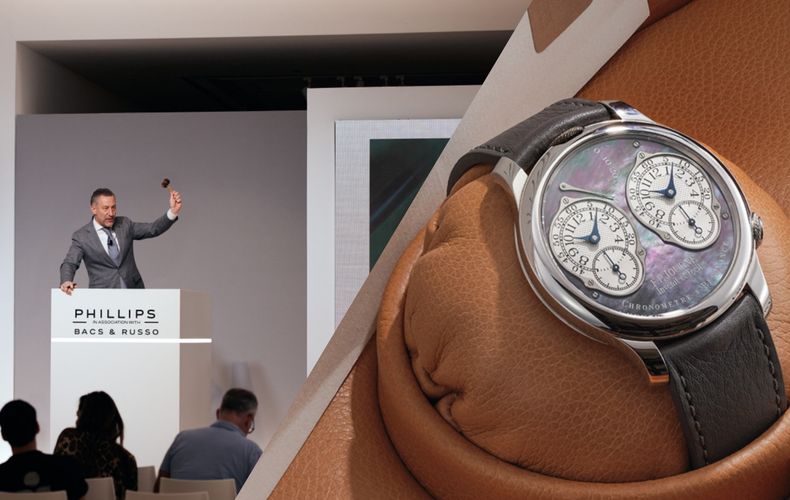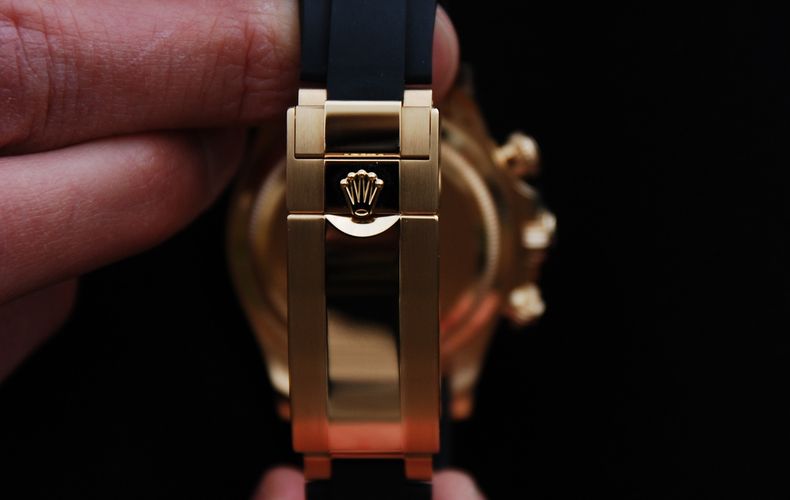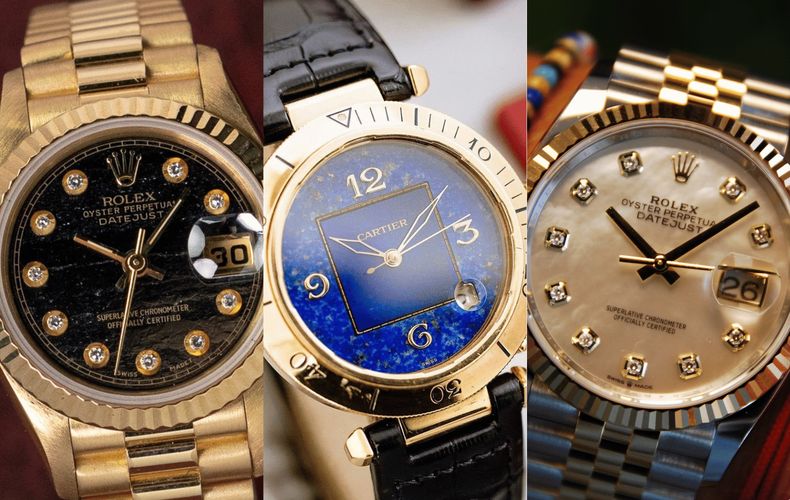The Craftsmanship behind the Scenes
Rolex's blue dials are marvels of modern watchmaking, combining cutting-edge techniques with traditional craftsmanship. Let's peek behind the curtain at what makes these beauties tick.
Materials and Techniques: More Than Meets the Eye
You might think a blue dial is just, well, blue. But there's so much more going on! Rolex uses a mix of high-tech materials and old-school techniques to create their signature looks. Take the Submariner "Bluesy" for example. That sunburst blue isn't just painted on - it's a complex process involving multiple layers and finishes.
Ever wondered how they get that perfect shimmer? It's all about the base. Rolex starts with a brass disc, then applies layers of copper, nickel, and chromium. This creates a super smooth surface for the color to pop. And speaking of color, they use a PVD (Physical Vapor Deposition) process to get that deep, rich blue.
Unraveling the Mysteries of the Sunburst Technique
Now, let's talk sunburst. It's that gorgeous radiating pattern that catches the light just right. How do they do it? Picture a record player, but instead of music, it's making art. The dial blank spins while a brush applies the color from the center outwards. The same goes for the polishing of the dial. This creates those fine lines that give the sunburst effect.
But Rolex doesn't stop there. Take the Day-Date with its vignette blue dial. They've mastered the art of the gradient, with the color fading from light to dark. It's like capturing the sky at twilight on your wrist. Pricing wise, these beauties go somewhere around €20.000 for a pre-owned model. Not cheap, but can you put a price on wearing a piece of horological art?




